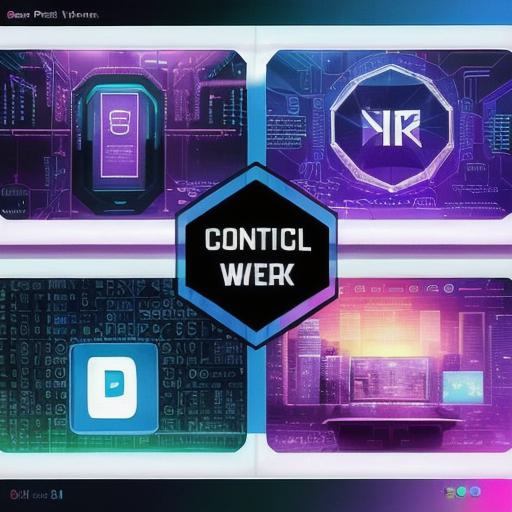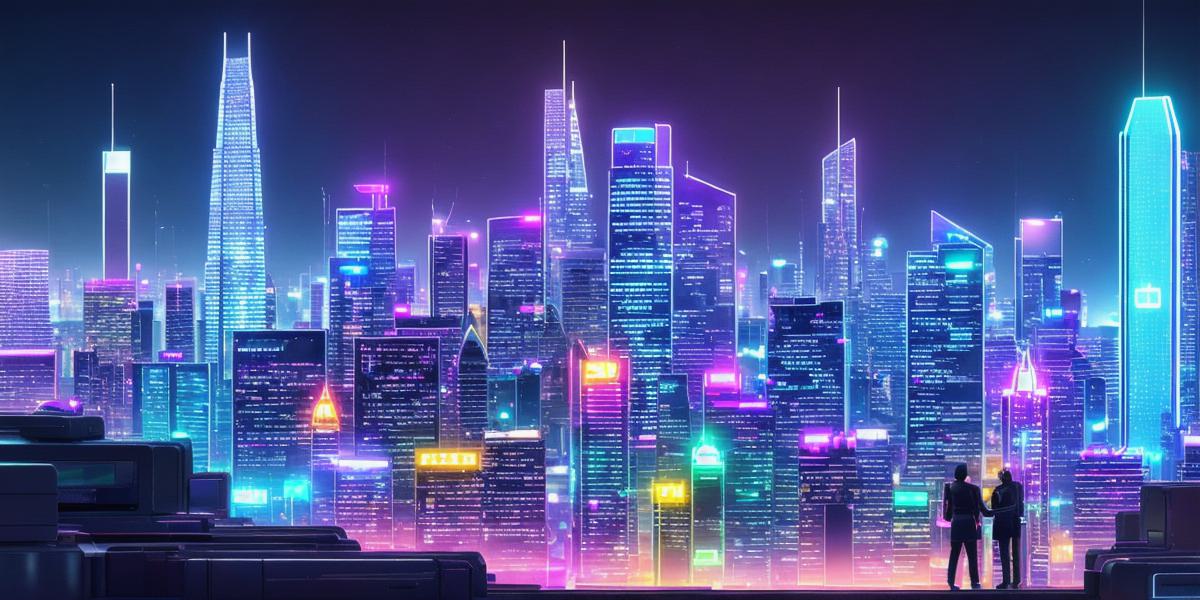As social media continues to evolve, one thing is clear – it’s becoming increasingly integrated into our daily lives. With the rise of blockchain technology and the decentralized web (Web3), it’s no surprise that pop culture is also emerging as a driving force behind the adoption of these new technologies. In this article, we’ll explore how Web3 is changing the way we interact with each other online and how pop culture is playing a key role in shaping this new landscape.
Introduction
The internet has revolutionized the way we connect with each other, but it’s not without its flaws. Centralized social media platforms have been criticized for their lack of privacy, censorship, and monopolistic control over user data. That’s where Web3 comes in – a decentralized network that allows users to maintain control over their own data and interact with each other on a more secure and private level.
Web3 is also changing the way we experience pop culture. From music and art to gaming and fashion, pop culture has always been an integral part of our social lives. But as these industries continue to evolve, so too are the ways in which they engage with their audiences. In this article, we’ll explore how Web3 is being used to create new and innovative experiences for fans of all kinds.
1. The Decentralization of Pop Culture on Web3
The traditional pop culture industry is often characterized by a lack of transparency and control over user data. Artists and content creators may not have access to the same level of information about their audience as social media platforms do, making it difficult for them to effectively engage with their fans. This has led to the rise of centralized platforms like TikTok and Instagram, which allow artists to connect with their audiences but at the cost of privacy and control over user data.
Web3 is changing this dynamic by allowing pop culture creators to maintain more control over their own data and interact with their fans in a more decentralized way. With Web3-based platforms like OpenSea and SuperRare, artists can mint and sell their own digital art directly to their fans, bypassing intermediaries and giving them more control over the distribution and sale of their work. This has led to the creation of new and innovative experiences for fans of all kinds, from virtual concerts to limited-edition art drops.
2. The Rise of Web3 Gaming on Pop Culture
Gaming is another industry that’s been heavily impacted by the rise of Web3 technology. With blockchain-based games like CryptoKitties and Axie Infinity, players can buy, sell, and trade unique in-game assets, creating a new economy for gaming that’s independent of traditional publishers.
This has led to the creation of new and innovative experiences for gamers, from interactive art installations to virtual concerts featuring popular musicians like Travis Scott and Drake. Web3 gaming is also allowing artists to connect with their fans in new ways, by creating their own games that allow them to engage with their audience on a deeper level.
3. The Future of Social Media on Web3
As Web3 technology continues to evolve, it’s likely that we’ll see more and more pop culture creators embracing these new technologies. This will lead to the creation of even more innovative experiences for fans, from virtual concerts to limited-edition art drops and more.
But it’s important to remember that Web3 is still in its early stages, and there are many challenges that need to be addressed before it becomes mainstream. These include issues around privacy, security, and scalability, as well as the need for more education and awareness about these new technologies.
Conclusion

The rise of pop culture on Web3 is an exciting development for both creators and fans alike. By embracing decentralized technology, we’re able to create new and innovative experiences that were previously impossible, and engage with each other in a more secure and private way. While there are still many challenges to overcome, the potential benefits of Web3 are enormous, and it’s likely that we’ll see even more exciting developments in this space in the years to come.
FAQs
1. What is Web3?
Web3 is a decentralized network that allows users to maintain control over their own data and interact with each other on a more secure and private level.
- How does Web3 change the way we experience pop culture?
Web3 allows pop culture creators to maintain more control over their own data and interact with their fans in a more decentralized way, leading to new and innovative experiences for fans of all kinds. - What are some examples of how Web3 is being used in pop culture?
Some examples include virtual concerts featuring popular musicians like Travis Scott and Drake, as well as interactive art installations and limited-edition art drops.
